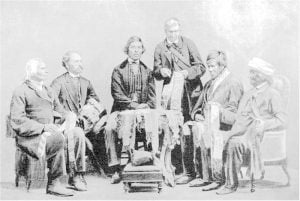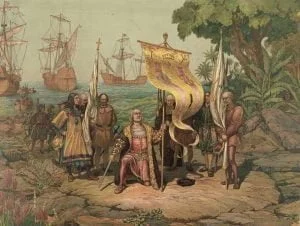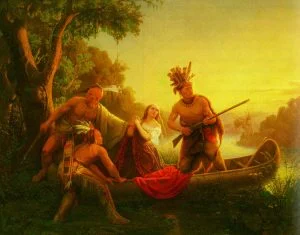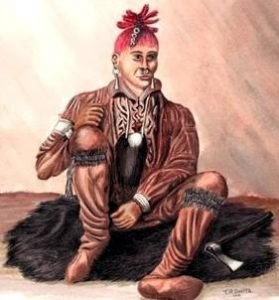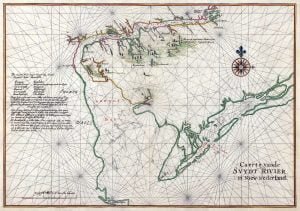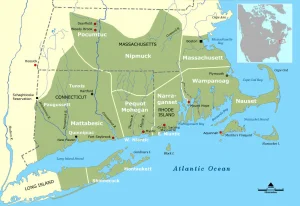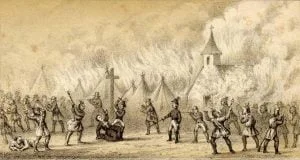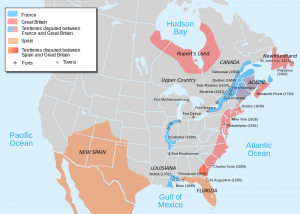Traditions and Legends along the Saco
Nancy Barton is supposed to have been the first white woman who passed through the Notch of the White Hills voluntarily. She was employed to keep a boarding-house for lumbermen in Jefferson; was industrious, faithful, and toiled early and late for small wages. Her employer was taken captive by the Indians and she served them liquor until they were all helpless; then cut the thongs with which he was bound and secured his liberty. She carefully husbanded her earnings, and in time had laid down a handsome sum. She was engaged to be married to one of the workmen and … Read more


